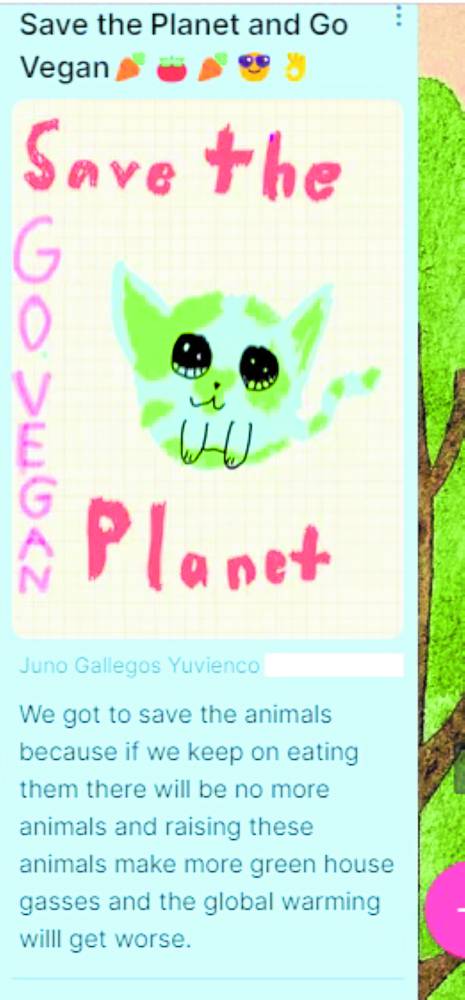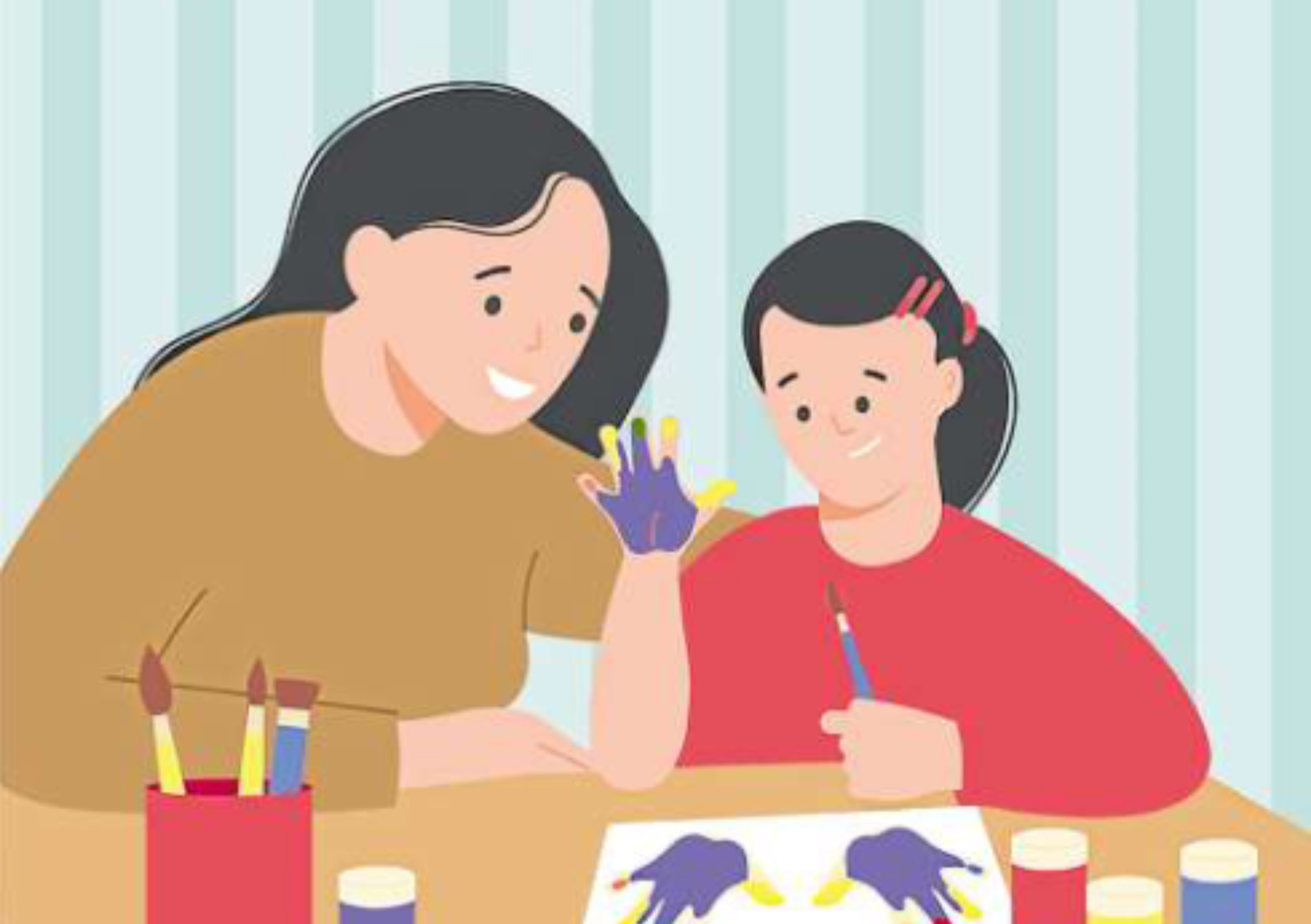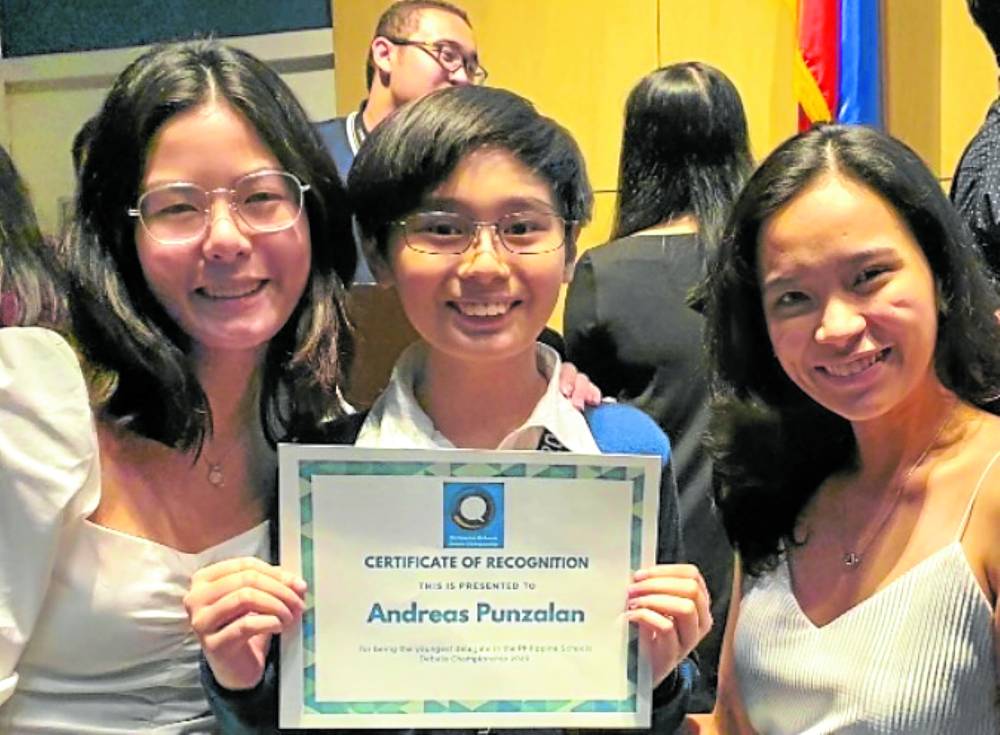T he teacher of my 7-year-old daughter Juno posed a question in their Social Studies class. “Situation: As young leaders, you believe that your future class officers should also participate in our government programs that can help those who are marginalized. What are the programs that you think they can join?” (Tick all that apply.)
The correct answers were “old clothes and toys donation drive” and “‘noche buena’ food packages donation.” My second grader also selected a tree-planting campaign, a recycling plastic bottle campaign and a community cleanup drive, which were marked incorrect.
Because the question says to base her answer on what she thinks, I messaged her teacher to say that unless there was an explicit text they had to refer their answers to, her answers are valid. Tree planting, recycling bottles and community cleanup drives help the marginalized because such efforts reduce flooding, food insecurity, and health problems caused by improper garbage disposal, among other things. My concern is not the grade, but the motive behind the response.
The teacher said that perhaps Juno was referring to a livelihood program, which was not in their discussion regarding food security. She explained that such activities address environmental problems as their objective, and that tree-planting efforts will benefit the poor and everybody in the community.
“If they want to help the marginalized by recycling plastic bottles, then they should categorize that as a fundraising program as it sets out to address their needs. These campaigns promote awareness of how they can save our environment. That is why these programs are under the environment category based on our discussion,” the teacher explained.
She added that while there are many programs to help the poor, they limit them to donation drives for children to understand more easily.
The teacher resolved to improve the formulation of questions to make them less ambiguous. She apologized for not considering the answers correct, as they will be my child’s reference in the future.
More complex
However, the problem is more complex than how she phrased the question. First, it should have begun with “based on our discussion” or “according to the text we read,” because when you ask children to base their answers on “what they think,” it’s tricky to narrow down responses to a multiple-choice selection. Teaching them that they can effect change only through donation drives, and that other means don’t help, is limiting. Such compartmentalization is damaging; children have the power to do so much more. Instead, they should be encouraged, empowered, and included in how else they can help.

“Save the planet, go vegan.”
Second, everything is interdependent and intersectional. Saving the environment saves the marginalized. We cannot classify doing something that benefits only the poor or only one sector of society, as their relief affects us all.
Third, doling out from our excesses perpetuates a handout mentality. As socially engaged Catholic activist St. Vincent de Paul said, “Pray that the poor will forgive you the bread you give to them.” It isn’t to say that charity is wrong, just that it’s our responsibility, so we need to go beyond.
Swimming against the tide
When our children learn that each action they take affects others, they become more mindful. The opportunity to stand up for her beliefs presented itself once more in yet another question in the same class.
Their topic was resources from nature. In a picture analysis, learners were asked what they could get from the environments shown. In the image of La Trinidad Farm in Benguet, Juno answered, “food.” In the photo of Lingayen Gulf in Pangasinan, she replied, “water from the ocean and glass from the sand.” The obvious answer was fish, but she said she’d rather take the hit on her grade by choosing alternatives than consider harming animals as an option.
When asked to make a poster on saving the planet for leadership class, she advocated going vegan and connected it to greenhouse gas emissions from raising animals for food.
Swimming against the tide is tough, but it is in these moments of truth that we build character. Our choice to look the other way to be agreeable or stand up for the marginalized of every kind affects us all.
“The Letter: Laudato Si,” a YouTube documentary based on Pope Francis’ 2015 encyclical, demonstrated that the poverty-stricken, the youth, indigenous communities and nature have been marginalized in climate change conversations. We are all impacted by global warming, but these groups are the most vulnerable.
The sooner we teach our children that we are all inextricably linked and that we don’t operate in silos, the more hopeful we can be of a brighter, kinder future. —CONTRIBUTED INQ







































